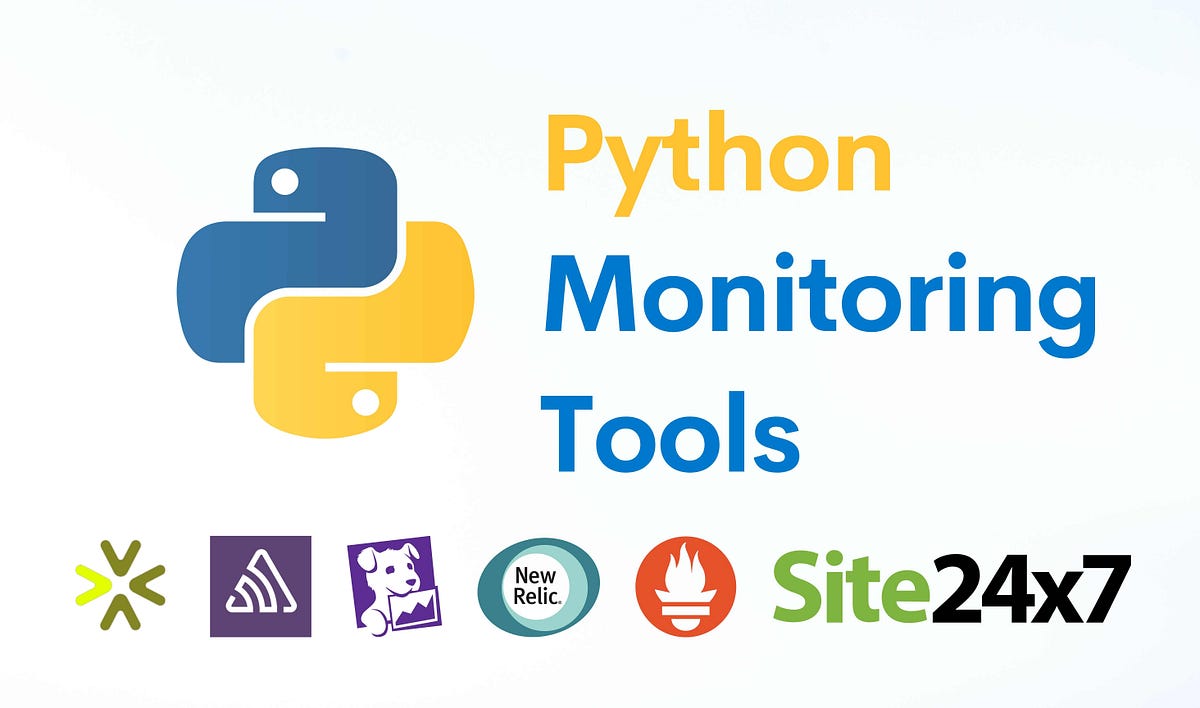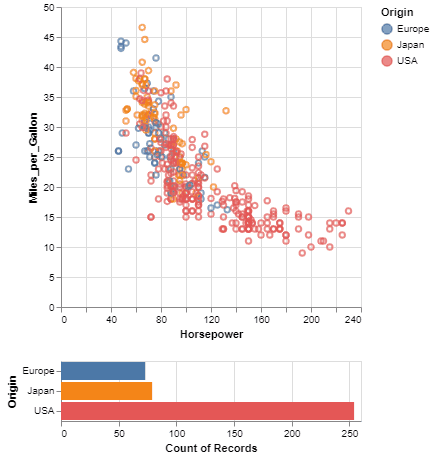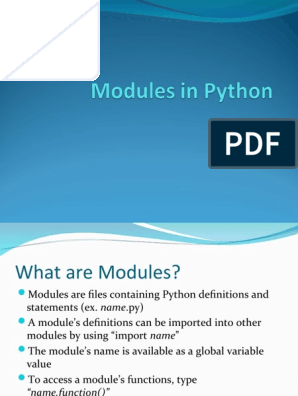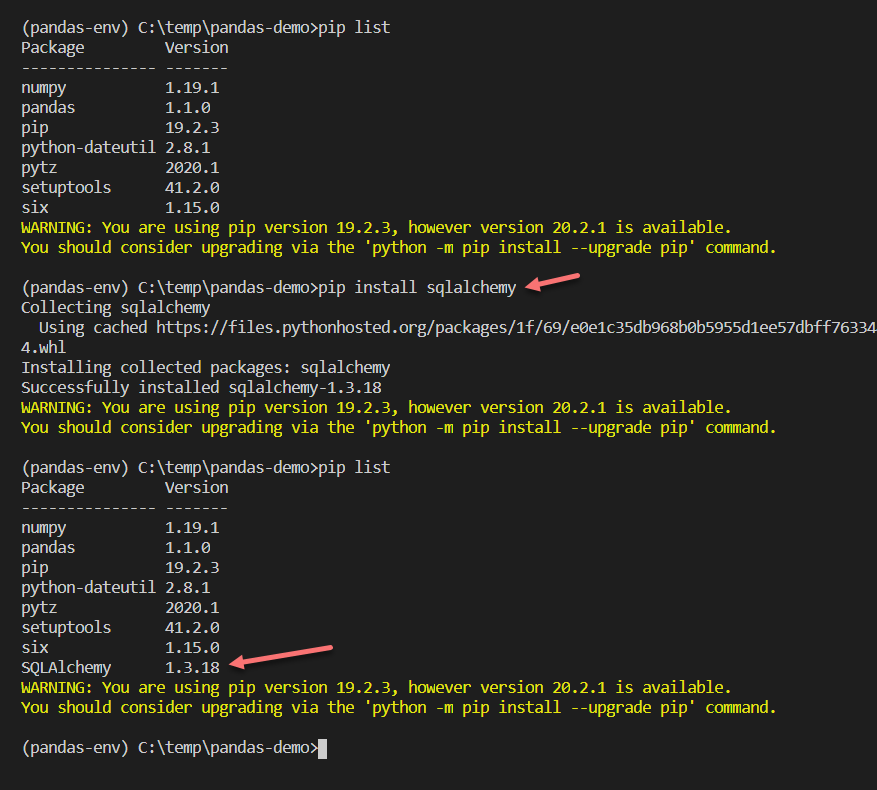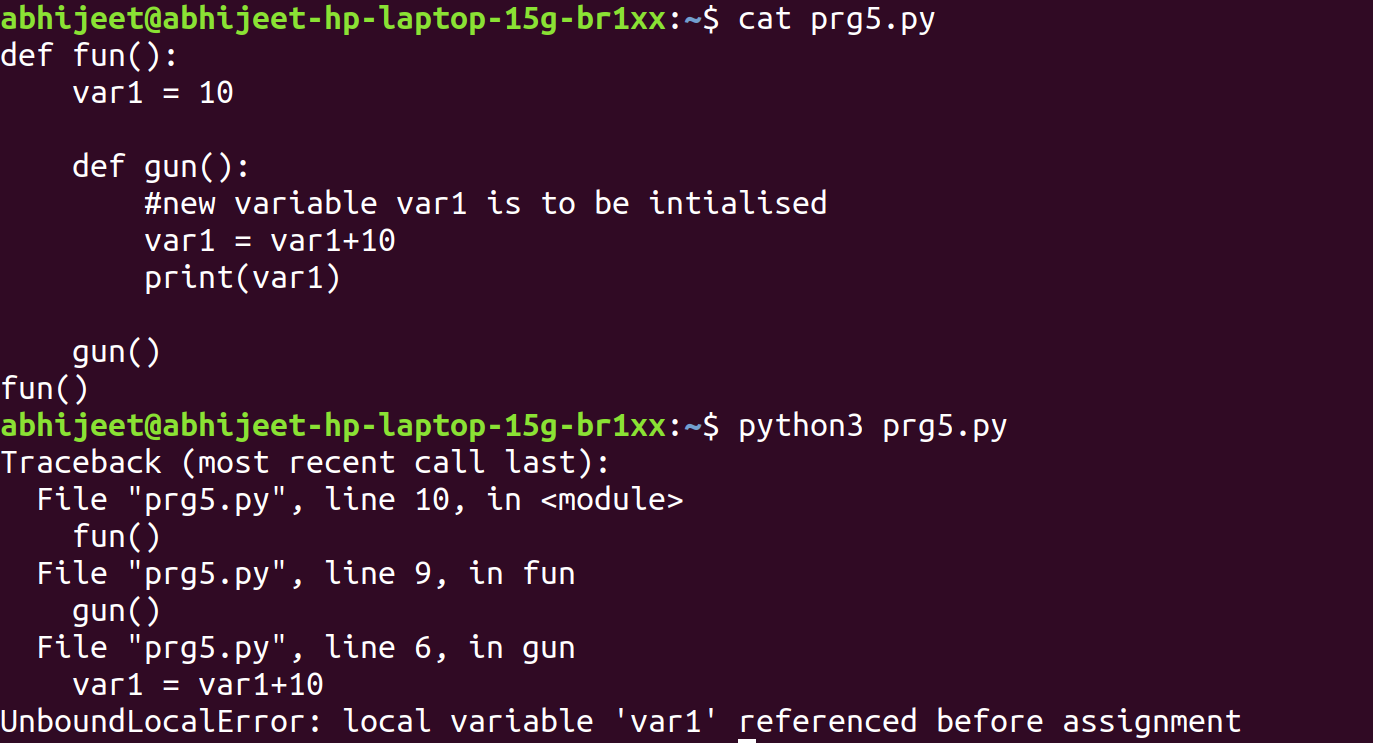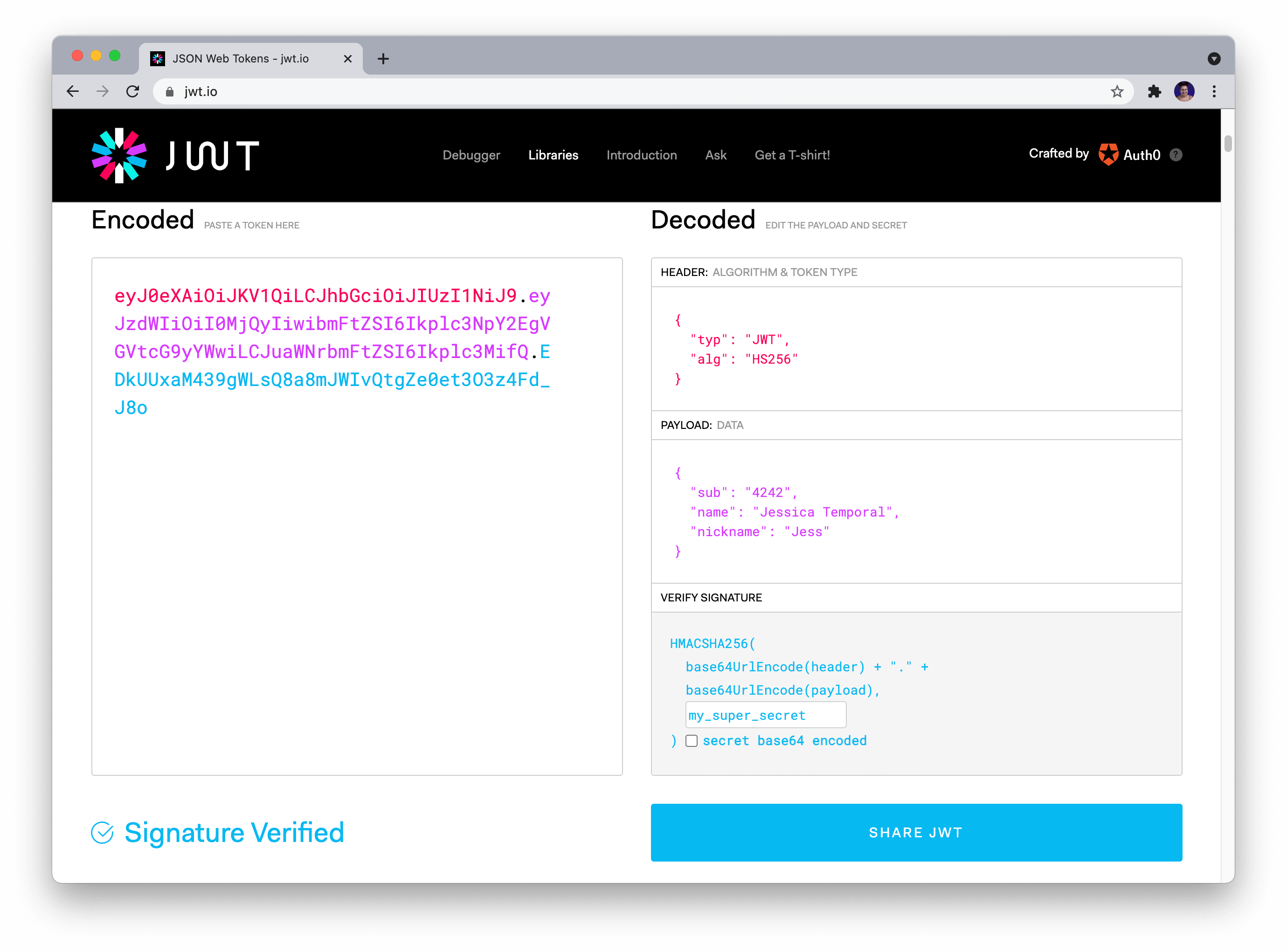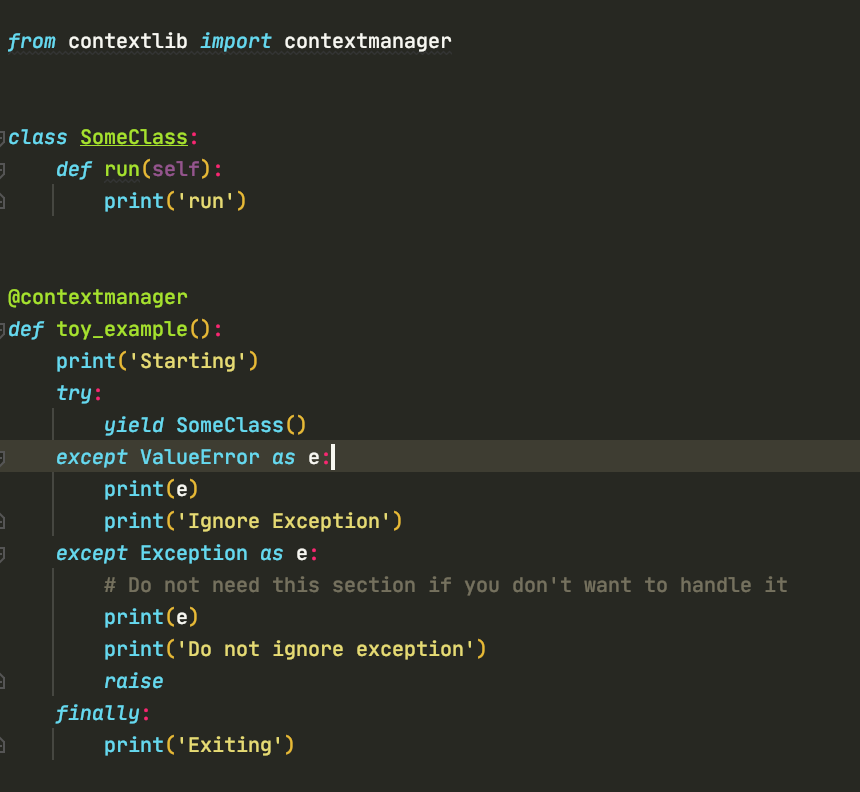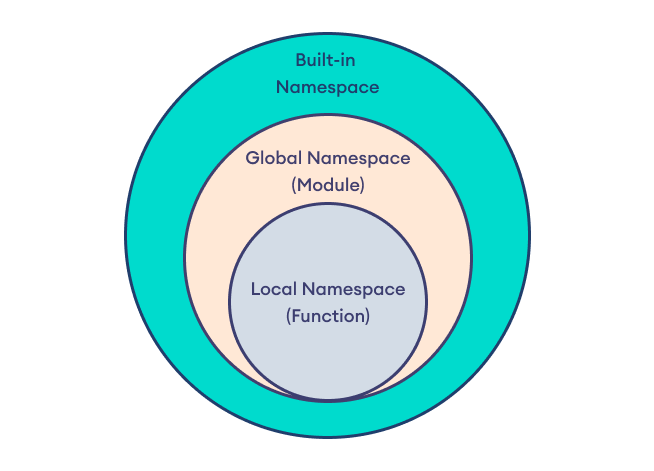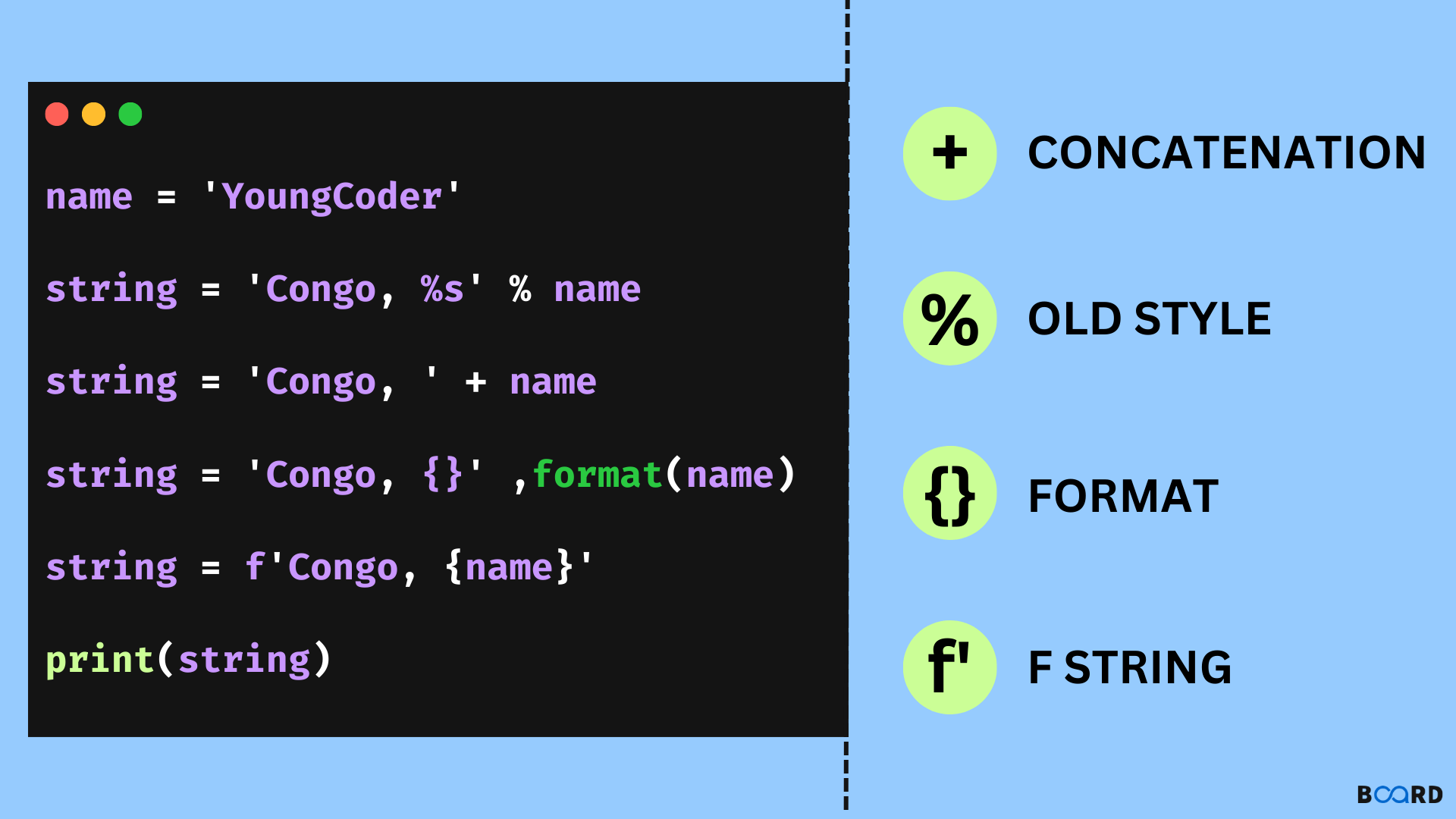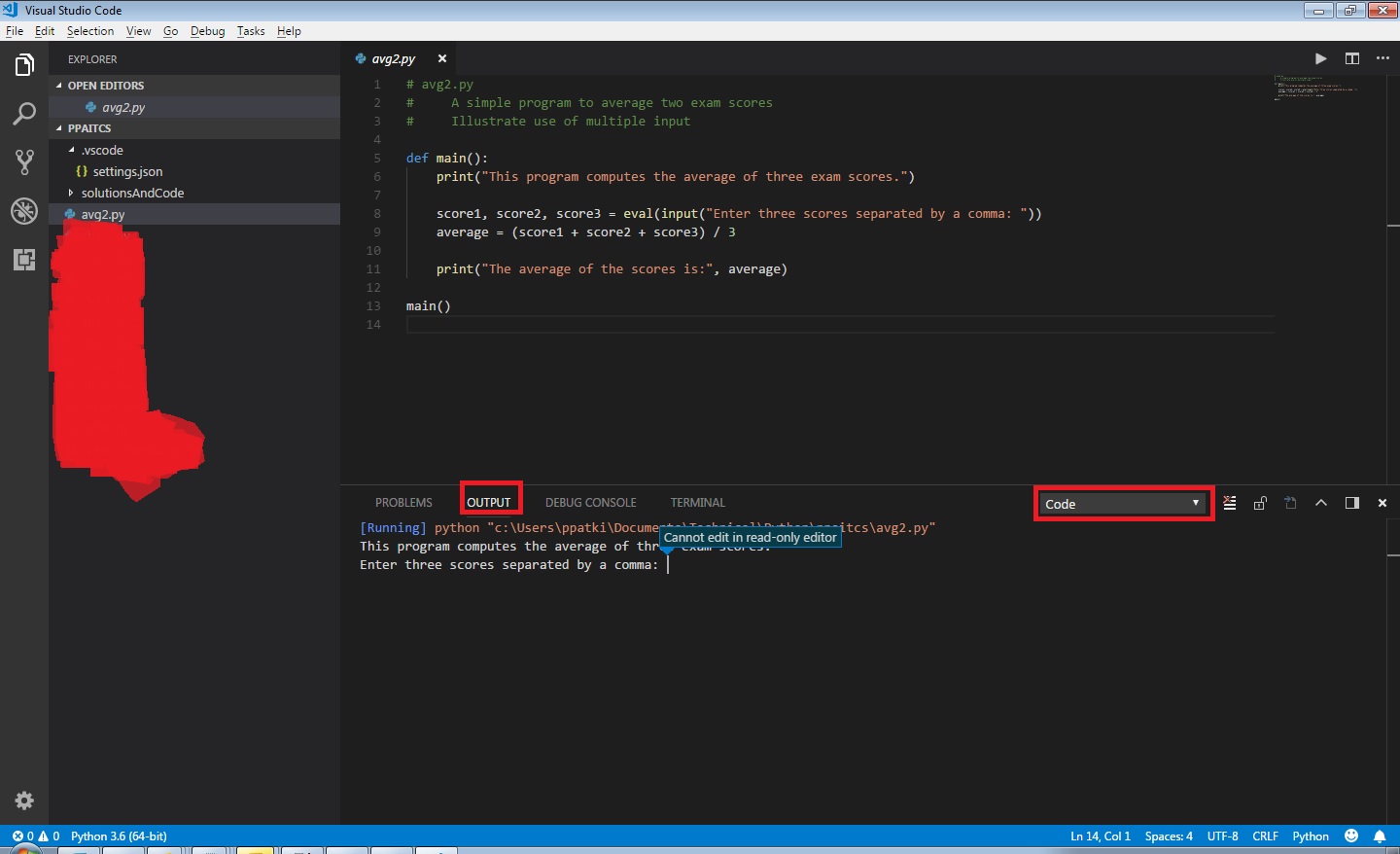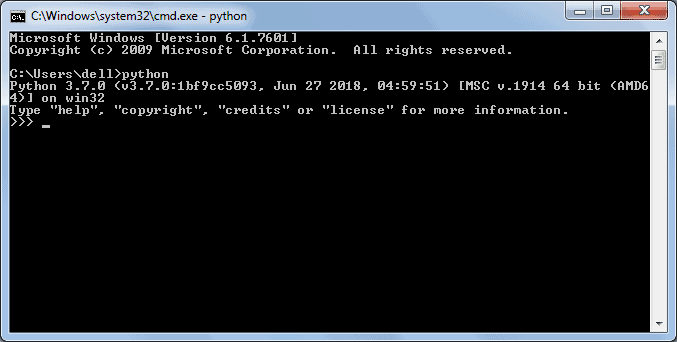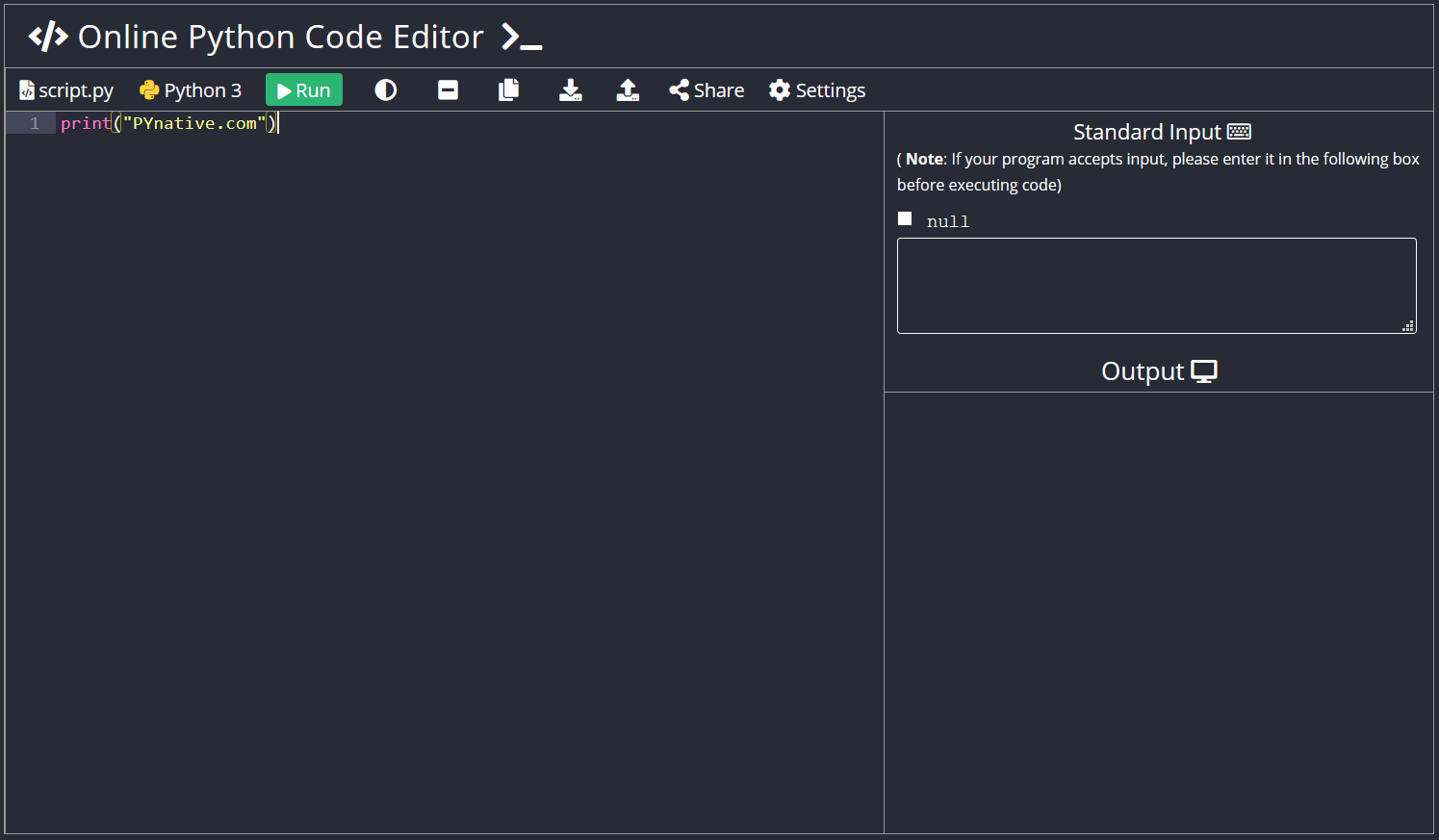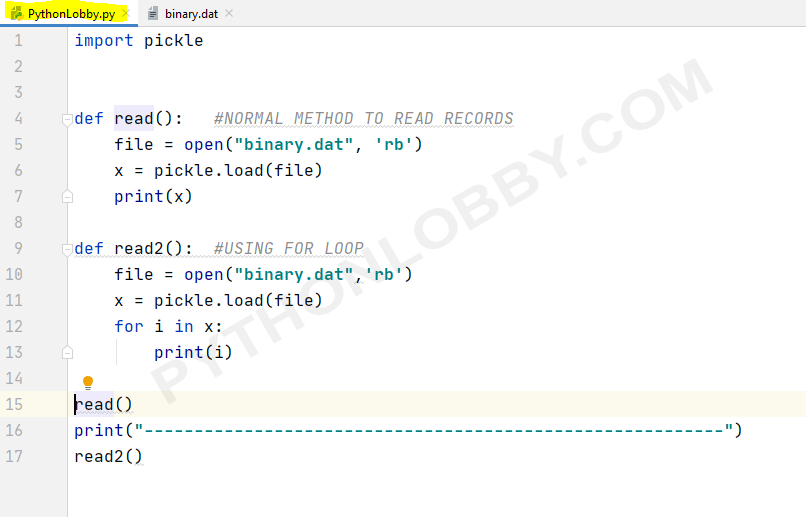What is iteration with for loop in Python?
What is iteration with for loop in Python?
I'd be happy to explain what iteration with a for loop is in Python!
Iteration is the process of repeating an action over and over again, usually with some variation. In programming, iteration is used to execute a set of instructions multiple times until a certain condition is met.
A for loop in Python is a type of loop that allows you to iterate over a sequence (such as a list or tuple) or other iterable objects. The basic syntax of a for loop in Python is:
for variable in iterable:
code to be executed
In this syntax, variable takes on the value of each element in the iterable object during each iteration. The code to be executed will run once for each element in the iterable.
Let's consider an example:
Suppose you have a list of numbers and you want to add 1 to each number. You can use a for loop as follows:
numbers = [1, 2, 3, 4, 5]
for num in numbers:
print(num + 1)
When you run this code, it will output:
2
3
4
5
6
As you can see, the for loop has iterated over each element in the numbers list and added 1 to each number.
Here's another example with a tuple:
fruits = ('apple', 'banana', 'cherry')
for fruit in fruits:
print(fruit.upper())
When you run this code, it will output:
APPLE
BANANA
CHERRY
In this case, the for loop has iterated over each element in the fruits tuple and converted each string to uppercase.
You can also use a for loop with other iterable objects such as dictionaries, sets, and strings. For example:
person = {'name': 'John', 'age': 30}
for key, value in person.items():
print(f"{key}: {value}")
When you run this code, it will output:
name: John
age: 30
Similarly, a for loop can be used to iterate over the elements of a set or string:
letters = {'a', 'b', 'c'}
for letter in letters:
print(letter)
word = "hello"
for char in word:
print(char)
In each case, the for loop iterates over each element in the iterable and executes the code within the loop.
For loops are very useful when you need to repeat a set of instructions multiple times. They can make your code more concise and easier to read by allowing you to focus on what you want to accomplish rather than how you'll accomplish it.
I hope this explanation has helped clarify what iteration with a for loop is in Python! Let me know if you have any further questions.
Iterator vs iterable Python

I'm sorry Grandma! Here's a detailed explanation of Iterator and Iterable in Python:
Iterable

In Python, an iterable is an object that can be iterated over. This means you can use a for loop or other constructs to iterate over the elements of the iterable. Examples of iterables include lists, tuples, dictionaries, sets, and strings.

An iterable must support the __iter__ method, which returns an iterator object. The __iter__ method is called when you create an iterator object from the iterable. When you use a for loop or other constructs to iterate over the elements of an iterable, Python calls the __iter__ method to get an iterator object and then calls the __next__ method on that iterator object to retrieve each element.
Here's an example:
my_list = [1, 2, 3]
for item in my_list:
print(item)
In this example, my_list is an iterable. When you use a for loop to iterate over the elements of my_list, Python calls the __iter__ method on my_list to get an iterator object and then calls the __next__ method on that iterator object to retrieve each element.
Iterator
An iterator is an object that keeps track of its position in an iterable. When you create an iterator object from an iterable, you can use the __next__ method to retrieve each element of the iterable in sequence.
An iterator must support the __next__ method, which returns the next value in the iteration. If there are no more values to return (i.e., the end of the iterable has been reached), the __next__ method should raise a StopIteration exception.
Here's an example:
my_list = [1, 2, 3]
iterator = iter(my_list)
print(next(iterator)) # prints 1
print(next(iterator)) # prints 2
print(next(iterator)) # prints 3
try:
print(next(iterator))
except StopIteration:
print("No more values")
In this example, my_list is an iterable and iterator is an iterator object created from my_list. When you use the next function to retrieve each element of the iterable, Python calls the __next__ method on the iterator object.
Key differences
Here are the key differences between iterables and iterators:
An iterable is an object that can be iterated over, while an iterator is an object that keeps track of its position in an iterable. A for loop or other constructs iterate directly over the elements of an iterable, while you must explicitly create an iterator object from an iterable to use the__next__ method.
Best practices
Here are some best practices to keep in mind when working with iterables and iterators:
When writing a class that implements the iterable protocol (i.e., the__iter__ method), make sure to also implement the __len__ method if your iterable has a fixed length. This allows Python to efficiently iterate over the elements of your iterable. When writing a class that implements the iterator protocol (i.e., the __next__ method), make sure to raise a StopIteration exception when there are no more values to return. Use iterators whenever possible, as they provide a more efficient and flexible way to iterate over the elements of an iterable.
I hope this explanation helps! Let me know if you have any questions or need further clarification.
